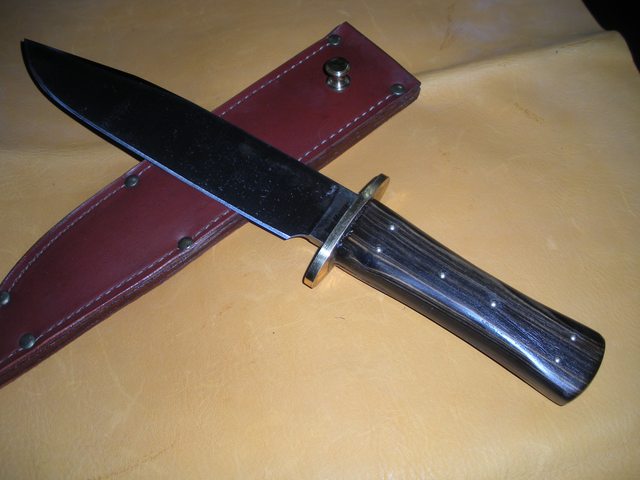Trade knife J
32 Cal
- Joined
- Jul 10, 2019
- Messages
- 23
- Reaction score
- 23
I wasn't sure where to post this, so please forgive me if this is the wrong place. Mods, please move as needed. Would anyone be able to recommend a sheath maker? I'm looking to have one in the style of a cross draw under the belt/sash style made. Thanks for any input!














